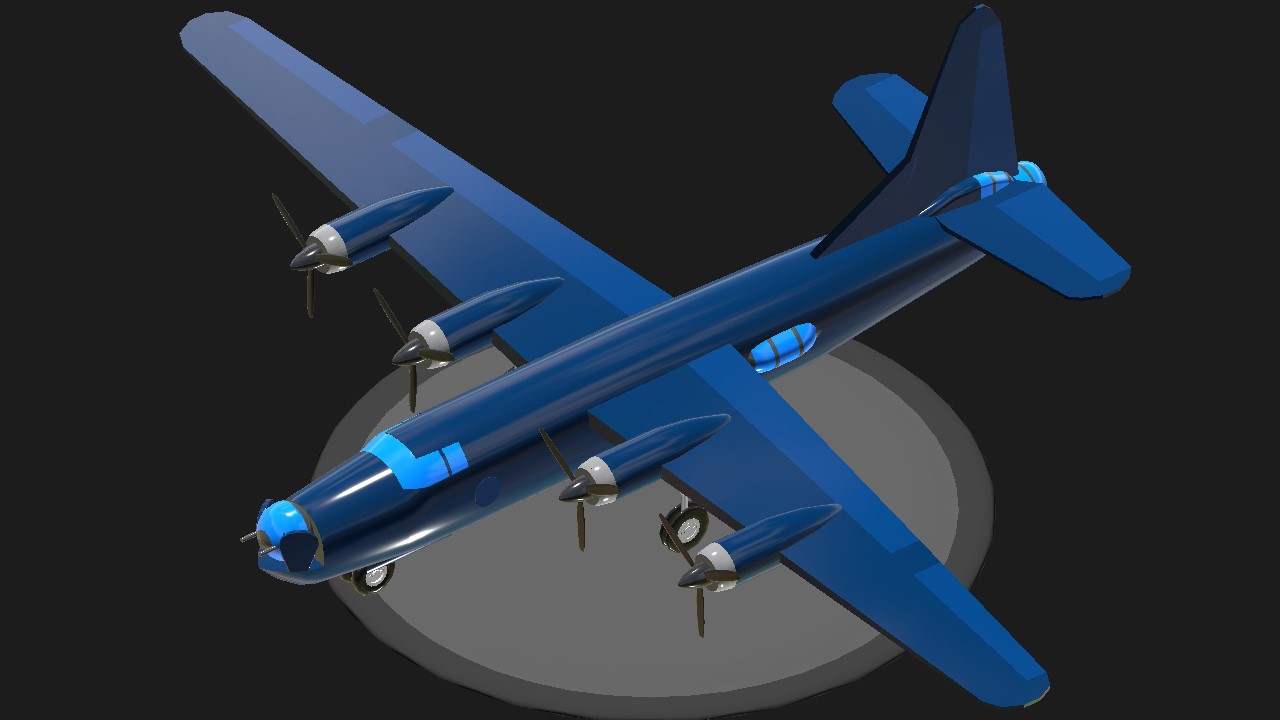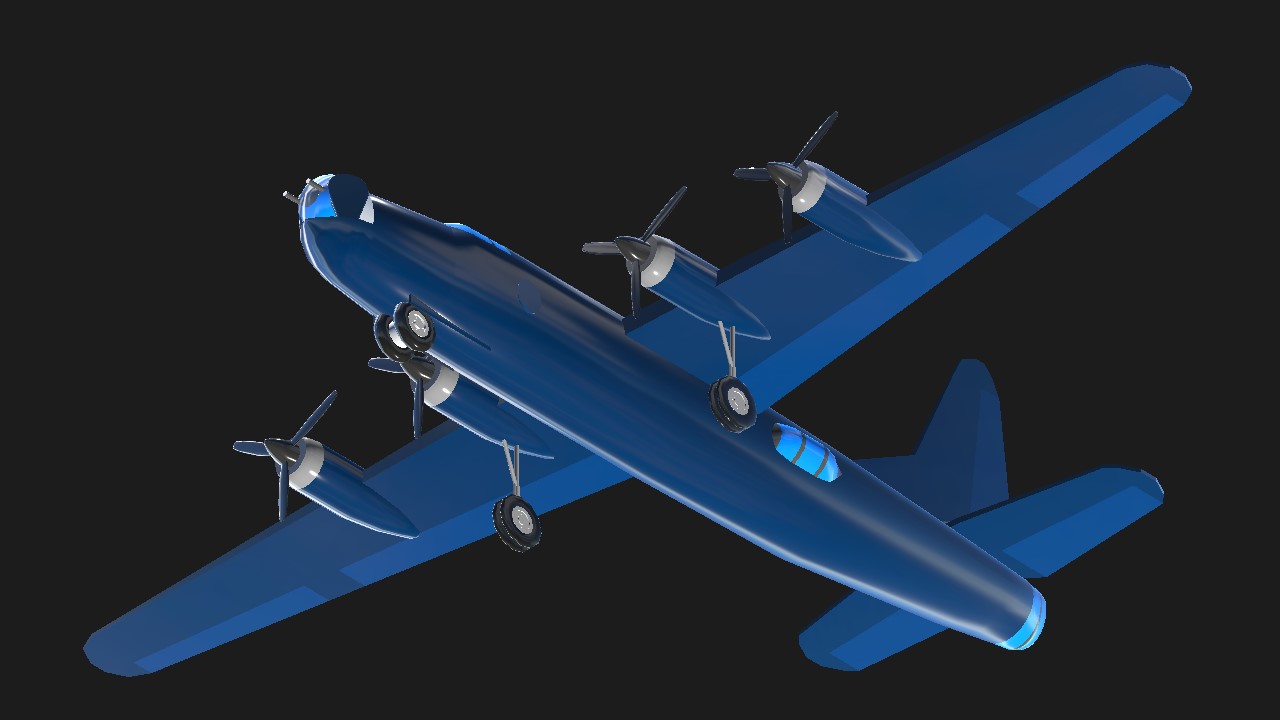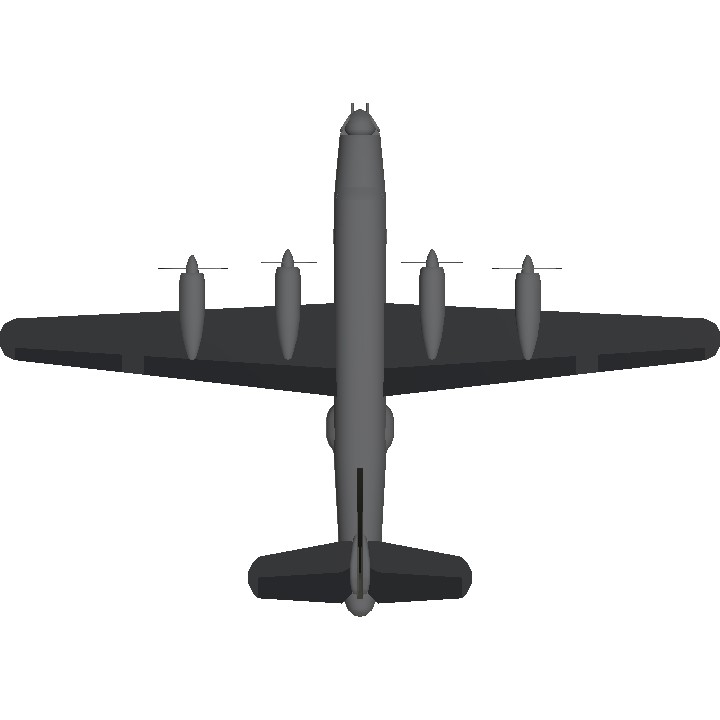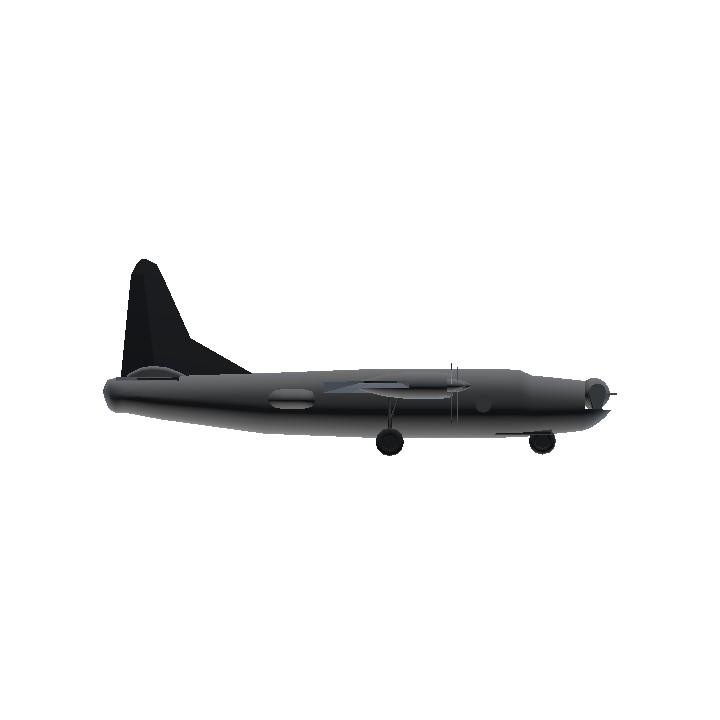aircraft:

The Consolidated PB4Y-2 Privateer is an American World War II and Korean War era patrol bomber of the United States Navy derived from the Consolidated B-24 Liberator. The Navy had been using B-24s with only minor modifications as the PB4Y-1 Liberator, and along with maritime patrol Liberators used by RAF Coastal Command, this type of patrol plane was proven successful. A fully navalized design was desired, and Consolidated developed a dedicated long-range patrol bomber in 1943, designated PB4Y-2 Privateer.[1] In 1951, the type was redesignated P4Y-2 Privateer. A further designation change occurred in September 1962, when the remaining US Navy Privateers (all having previously been converted to drone configuration as P4Y-2K) were redesignated QP-4B.
Desing:
The Privateer was externally similar to the Liberator, but the fuselage was longer to accommodate a flight engineer's station, and it had a tall single vertical stabilizer rather than the B-24's twin tail configuration. The Navy wanted a flight engineer crewmember to reduce pilot fatigue on long duration over water patrols. The single vertical tail was adopted from the USAAF's canceled B-24N design (and was slightly taller on the Privateer) because it would increase stability at low to medium altitudes for maritime patrol. The Ford Motor Company, which produced B-24s for the United States Army Air Forces, had earlier built an experimental variant (B-24K) using a single tail.[2] Aircraft handling was improved. The single tail design was used on the B-32 Dominator and PB4Y-2 and was slated for the US Army Air Forces' proposed B-24N production model to be built by Ford, but that order (for several thousand bombers) was canceled on 31 May 1945.
Defensive armament on the PB4Y-2 was increased to twelve .50-in (12.7 mm) M2 Browning machine guns in six power-operated turrets (two dorsal, two waist, nose and tail); the B-24's ventral, retractable Sperry ball turret was omitted. Turbosuperchargers were not fitted to the Privateer's engines since maritime patrol missions were not usually flown at high altitude, improving performance and also saving weight.
The navigator's astrodome was moved from its (B-24/PB4Y-1) position on the aircraft's upper nose to behind the first dorsal gun turret. Electronic countermeasure (ECM), communication and radar antennas also protruded or were enclosed in fairings at various locations on the fuselage of the Privateer, including a manually retractable AN/APS-2 radome behind the nose wheel well.
The Navy eventually took delivery of 739 Privateers, the majority after the end of the war. Several PB4Y-2 squadrons saw operational service in the Pacific theater through August 1945 in the reconnaissance, search and rescue, electronic countermeasures, communication relay, and anti-shipping roles (the latter with the "Bat" radar-guided bomb).
Specifications
General Characteristics
- Created On Android
- Wingspan 113.6ft (34.6m)
- Length 81.2ft (24.7m)
- Height 31.5ft (9.6m)
- Empty Weight 19,217lbs (8,716kg)
- Loaded Weight 36,365lbs (16,495kg)
Performance
- Horse Power/Weight Ratio 0.109
- Wing Loading 23.3lbs/ft2 (113.5kg/m2)
- Wing Area 1,563.8ft2 (145.3m2)
- Drag Points 13801
Parts
- Number of Parts 136
- Control Surfaces 9
- Performance Cost 629







@UnitedinOne90 thk
Cool pakda
Yo bro! Congrats on 10k!